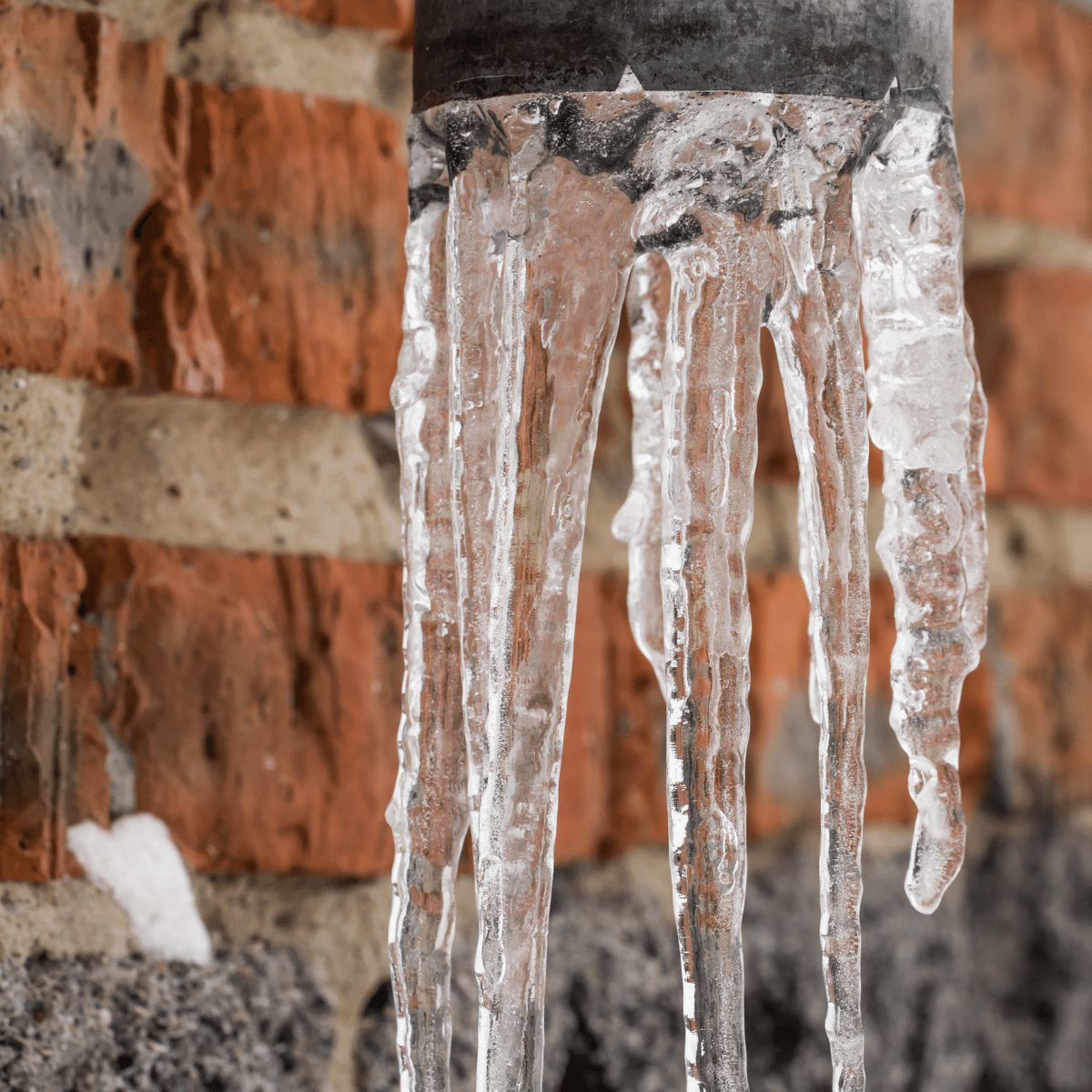Listed here in the next paragraphs you'll find lots of incredibly good insight related to Winter Plumbing Precautions: Preventing Frozen Pipes.

Cold weather can ruin your plumbing, particularly by freezing pipes. Below's how to stop it from happening and what to do if it does.
Introduction
As temperatures decline, the risk of icy pipelines increases, potentially bring about costly fixings and water damage. Recognizing how to avoid icy pipelines is important for home owners in cold climates.
Comprehending Frozen Pipes
What causes pipelines to ice up?
Pipelines ice up when subjected to temperature levels listed below 32 ° F (0 ° C) for prolonged periods. As water inside the pipes ices up, it increases, taxing the pipeline wall surfaces and potentially causing them to break.
Risks and damages
Icy pipelines can bring about water supply disturbances, residential property damages, and expensive fixings. Ruptured pipelines can flooding homes and create considerable architectural damages.
Indications of Frozen Pipeline
Identifying frozen pipelines early can avoid them from rupturing.
How to recognize frozen pipelines
Look for reduced water circulation from taps, unusual odors or sounds from pipelines, and visible frost on exposed pipes.
Avoidance Tips
Shielding vulnerable pipes
Wrap pipes in insulation sleeves or utilize warmth tape to shield them from freezing temperatures. Focus on pipes in unheated or exterior areas of the home.
Heating techniques
Keep interior spaces sufficiently heated up, particularly areas with plumbing. Open up closet doors to permit cozy air to distribute around pipes under sinks.
Safeguarding Outdoor Pipes
Yard hose pipes and outdoor faucets
Separate and drain pipes garden hoses prior to winter season. Install frost-proof spigots or cover outdoor taps with protected caps.
What to Do If Your Pipes Freeze
Immediate activities to take
If you think icy pipes, maintain taps open to ease stress as the ice thaws. Use a hairdryer or towels taken in warm water to thaw pipelines slowly.
Long-Term Solutions
Architectural changes
Think about rerouting pipelines far from exterior walls or unheated areas. Add extra insulation to attics, cellars, and crawl spaces.
Upgrading insulation
Invest in top quality insulation for pipelines, attics, and walls. Appropriate insulation helps keep constant temperature levels and minimizes the risk of icy pipelines.
Final thought
Preventing frozen pipelines requires aggressive measures and fast feedbacks. By comprehending the reasons, indicators, and preventive measures, house owners can protect their plumbing during winter.
6 Proven Ways to Prevent Frozen Pipes and Protect Your Home
Disconnect and Drain Garden Hoses
Before winter arrives, start by disconnecting your garden hoses and draining any remaining water. Close the shut-off valves that supply outdoor hose bibs and leave the outdoor faucet open to allow any residual water to drain. For extra protection, consider using faucet covers throughout the colder months. It’s also important to drain water from any sprinkler supply lines following the manufacturer’s directions.
Insulate Exposed Pipes
Insulating your pipes is an effective way to prevent freezing. Pipe insulation is readily available at home improvement stores and is relatively inexpensive. Pay close attention to pipes in unheated areas such as the attic, basement, crawl spaces, or garage. Apply foam insulation generously to create a buffer against the cold. You can also wrap your pipes in heat tape or thermostat-controlled heat cables for added warmth.
Seal Air Leaks
Inspect your home for any cracks or openings that could let in cold air. Seal any holes around the piping in interior or exterior walls, as well as the sill plates where your home rests on its foundation. Additionally, make sure to keep your garage door closed unless you’re entering or exiting. Leaving it open creates a significant air leak that can lead to frozen pipes.
Allow Warm Air Circulation
During cold snaps, it’s essential to allow warm air to circulate evenly throughout your home. Leave interior doors ajar to promote better airflow. Open kitchen and bathroom cabinets to help distribute heat consistently around the rooms. If you have small children or pets, be sure to remove any household chemicals or potentially harmful cleaners from open cabinets for safety.
Let Faucets Drip
A small trickle of water can make a big difference in preventing ice formation inside your pipes. When temperatures drop significantly, start a drip of water from all faucets served by exposed pipes. This continuous flow helps prevent the water from freezing. Additionally, running a few faucets slightly can relieve pressure inside the pipes, reducing the chances of a rupture if the water inside does freeze.
https://choateshvac.com/6-proven-ways-to-prevent-frozen-pipes-and-protect-your-home/

Do you appreciate reading about Helpful Tips to Prevent Frozen Pipes this Winter? Leave feedback further down. We will be delighted to see your insights about this content. We hope that you come back again later on. Do you know about somebody who is involved in the niche? Take a moment to promote it. I praise you for your time. Don't forget to check up our site back soon.
Book With Us Today!